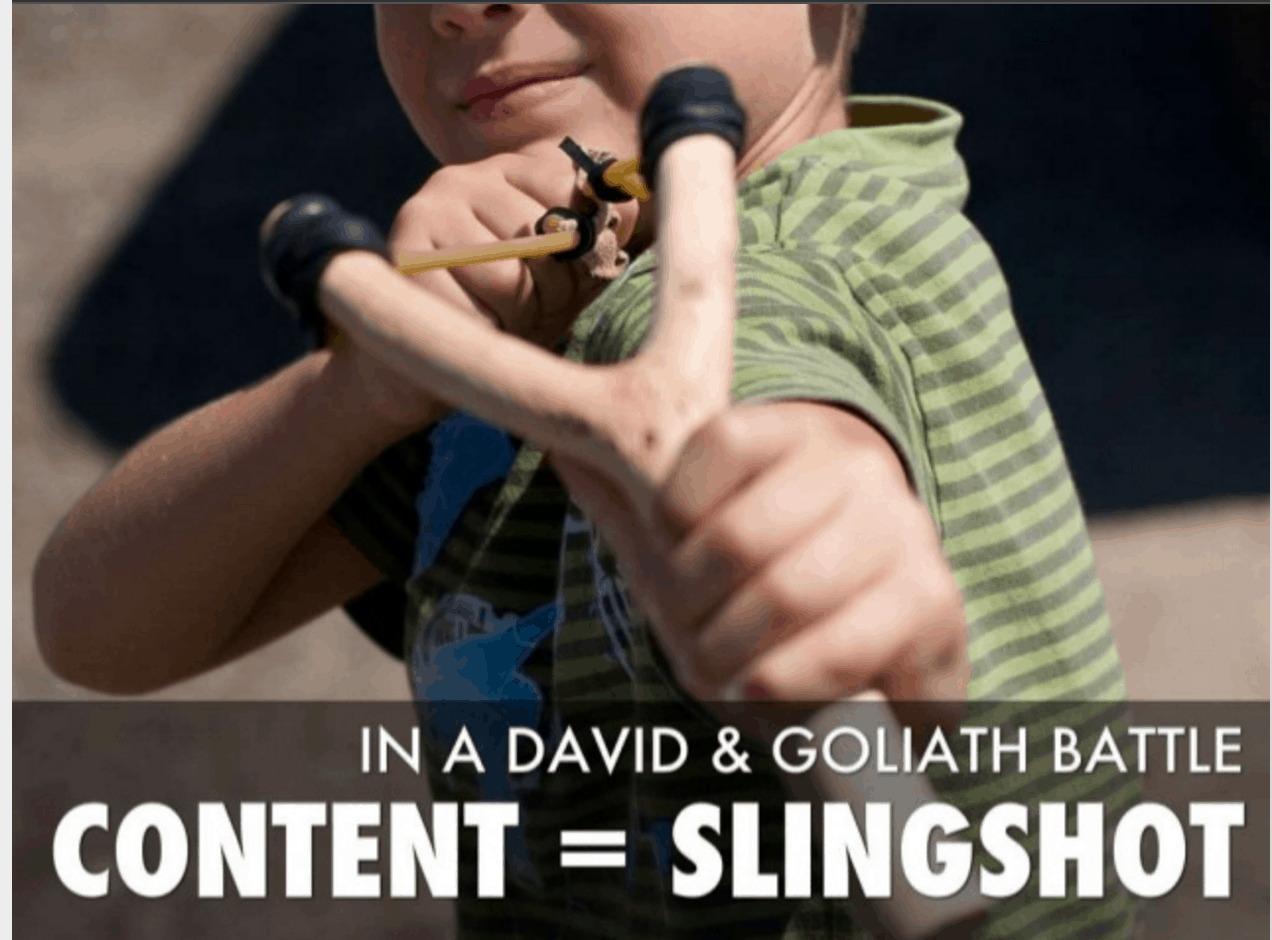
“How do you promote content efficiently (without big budgets)?”
Promote Content Efficiently.
A marketer from LPHI, a public health institute, asked this question in our content marketing workshop.
Marketing teams in nonprofits, start-ups and small/medium-sized businesses often face the challenge of how to achieve the most results from a small marketing budget. It’s even harder when you’re up against much larger competitors.
While a small ad budget won’t get you far, that same budget invested in content marketing can help you upend competitors, even the giants.
One of my employers, Tellabs, competed with brands up to 40 times our size. We’d never be able to outspend competitors, so our only choice was to outsmart them, specifically with strategic content marketing.
Me David, you Goliath
That’s why we took a David and Goliath approach to content marketing. Our goal was to win a lion’s share of our customers’ attention. Content marketing was our slingshot.
Here’s how you can beat your industry’s Goliath, step by step, with content marketing:
- Know your buyers best.
- Build a content base.
- Find out where buyers go for info.
- Discover what buyers need to know.
- Map content to the buyers’ journey.
Who knows the audience best, wins
Do what it takes to get to know your audience best. Many marketers start with market research to get a handle on demographics, firmographics, and segmentation.
But don’t stop with quantitative research – do qualitative research for deeper insights. Buyer persona research helps you get exactly the insights you need for content marketing.
Find out exactly what buyers do behind the scenes by asking one customer at a time:
- What triggered the recognition of an unmet need?
- Who all was involved in the buying process?
- Where did you find relevant information?
- Which questions did you (or the buying team) need to answer?
- What was the most valuable information you found? Where was it?
- What obstacles did you run into?
- How did you overcome these obstacles to reach a decision?
Here’s our blog on how to do buyer persona research. Do it yourself to save budget – and get first-hand information from buyers.
As the pandemic ebbs, marketers will regain opportunities to meet customers face to face at trade shows, events, and in demo rooms.
All the time you spend face to face with customers will help you understand them better. That means you can produce content that’s even more on-target for your audience.
Build your unique content base to promote content efficiently.
The better you know your audience, the easier it will be to see the “white spaces,” a vacuum of information that cries out for unique content.
Which questions are buyers not finding answers to? Note carefully any information voids.
To create unique content, answer those unanswered questions.
For example, GE Healthcare found that radiologists did not have a good source of information on whether their salaries were competitive. So GE created this salary guide for radiologists.
That’s creating a content base: one content type on one main platform delivered consistently over the years. Other examples of a content base include the Michelin Guide, the Guinness Book of World Records, and our Top 100 Questions on Content Marketing.
Here’s our blog to help you create your content base.
Unlock buyers’ information habits
Part of buyer persona research is to study buyers’ information habits. Many buyers start with a Google search – be sure to ask what they found specifically:
- Which professional or trade associations do they trust?
- Which books or textbooks do they use?
- Do they follow industry thought leaders or industry analysts?
- Which news or trade media do they use for their jobs?
- Which websites have they bookmarked?
This information is crucial because it shows where you can raise awareness of your offering. You want people to become aware of your brand’s owned media – your website, email list, and print publications.
Your first and biggest investment should go into owned content, then earned, and then paid. That’s how you can stretch a content marketing budget dollar the farthest.
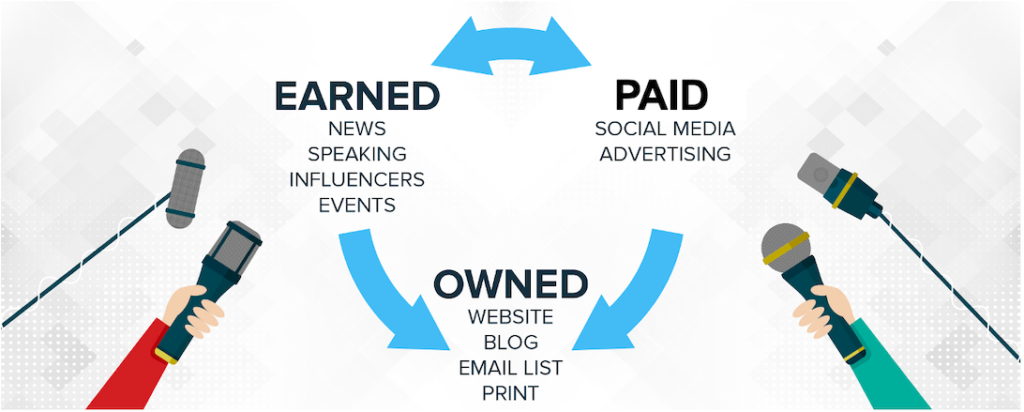
Use a mix of earned media (organic social media, news coverage, speeches, influencers, awards) and paid media (advertising, paid social) to point people to your owned media.
Freshen content with today’s news to promote content efficiently.
One way to expand your earned media is by tracking the news flow day to day and tying it into your content. Do that by:
- Monitoring Google News for key topics.
- “Newsjacking,” commenting on others’ news to point to your content.
- Refreshing evergreen content by writing a new lead paragraph that reflects current news.
- Create your own news from a survey, research, or study.
Here’s a blog on how to maximize the news value of your content. Make sure all your paid and earned media point to owned media assets, as you see in the diagram below.
Your goal is for people to subscribe to your content and give you ongoing permission to educate them with relevant, resonant content that helps them succeed.
Make content easy to find in places where your audience already goes. Don’t try to teach people to meet you in a place they’ve never gone before.
Are you promoting content, or only distributing it?
Distribution – sharing content with recipients – is a necessary first step, but by itself, it can’t get your content very far. When marketers research, create, write and post new content, we often become weary of it before any buyers see it.
“One of the biggest problems is people don’t promote content long enough,” Heidi Cohen says.
That’s why, in addition to distributing content, you need to promote content. Don’t just publish the content and let it languish – reducing your chances to reach your audience.
Make sure you build into your editorial calendar specific promotions, especially for your best-performing content.
Promotion, or publicizing content, increases its usage and makes it easier to find. It makes content into an on-ramp to your website.
Here’s a way to think about distributing and promoting content.
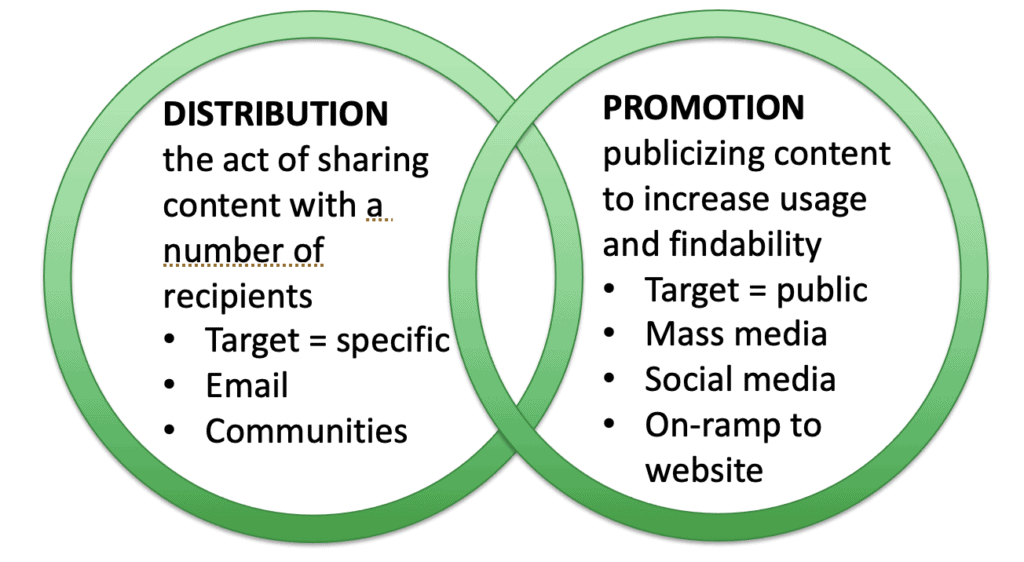
What do buyers most need to know?
Discover customers’ key questions with buyer persona research. Then work with Sales and Customer Service to identify questions that come into your organization by email, chat, and meetings.
Use services such as BuzzSumo’s Question Analyzer, Google searches, and Answerthepublic.com to explore the questions being asked about your industry, category, products, and services on the Internet.
The most commonly asked question in Google search is …
How. In searches, people are asking questions. Most often, they’re looking for how to solve a problem, how to get a job done. Frame your content as answers to buyers’ how-to questions.
How is the number one question on the Internet, says SEO guru Neil Patel.
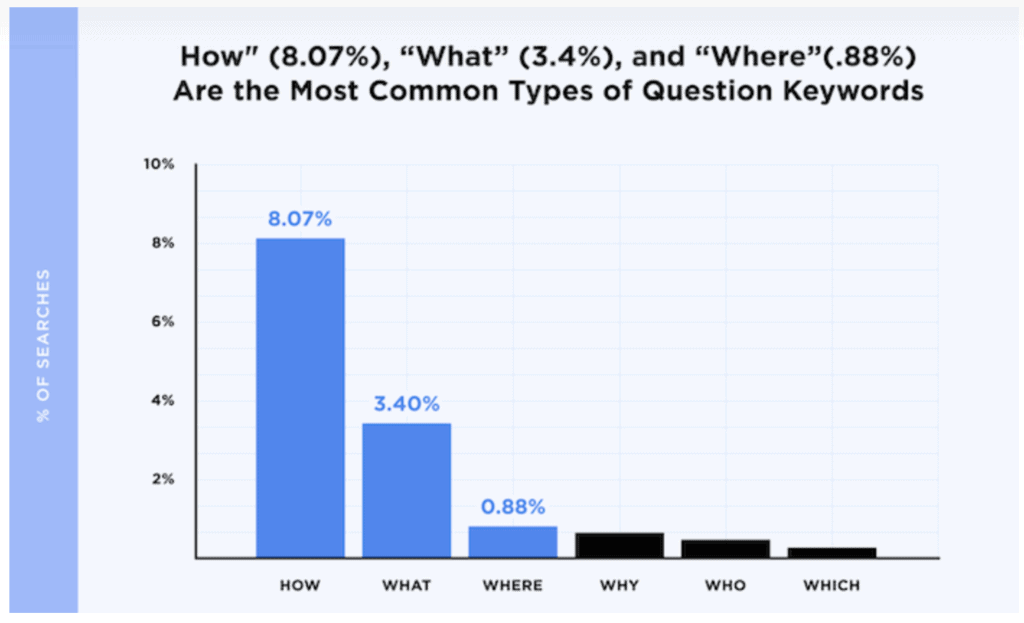
Here’s our blog on how to capture customer questions, analyze them, and convert them into compelling content.
Where are buyers in their journey?
People make habitual purchases without thinking, driven by buying habits that are hard to change.
The sweet spot for content marketing is carefully considered purchases – such as a home, investment plan, or college for consumers, or a building, IT infrastructure, or hardware for businesses. The bigger the value, the greater the risk, and the higher the need for specialized content marketing.
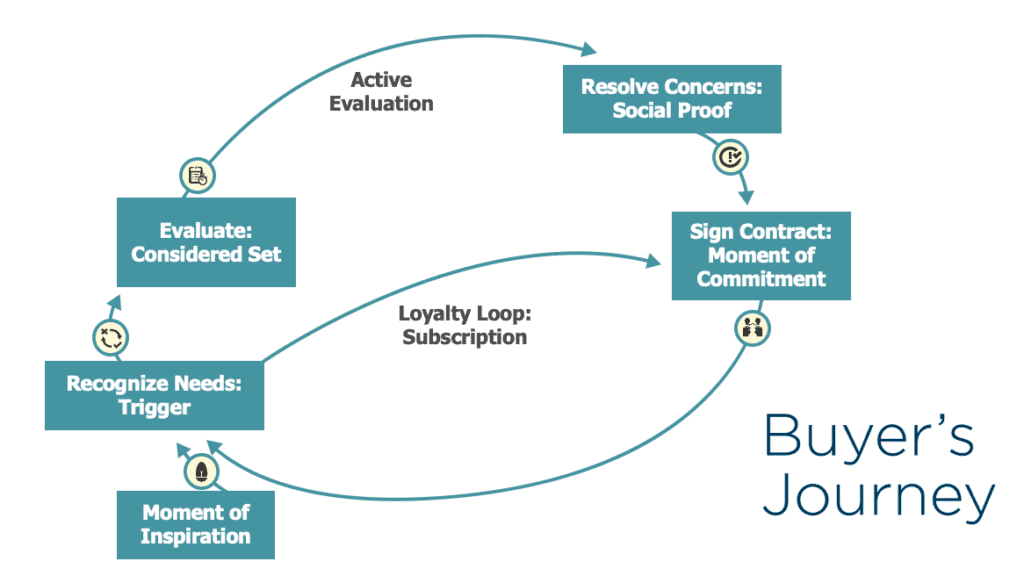
In a carefully considered purchase, buyers proceed through specific steps in their journey:
- A moment of inspiration sets the journey in motion.
- A trigger helps buyers recognize an unmet need. How can you create content that triggers need recognition, and magnify the problem buyers need to solve?
- Buyers actively evaluate a considered set of options, usually online, before talking to sales. How can you get your brand into the considered set, then how will you differentiate your brand from the pack with a unique message, content, or offer?
- As buyers narrow their list of options, they resolve concerns by seeking social proof – ratings, rankings, industry analyst reviews, customer testimonials, and third-party proof to assure them they’re making a good choice. How can you furnish the social proof buyers crave?
- Finally, buyers sign a contract and commit. How will you reinforce their positive decision? How can you onboard new customers effectively? What’s your specific plan for content to prompt subscription renewals, upselling and cross-selling?
Different types of content at each step in the journey
Buyers use different types of content at each step in the journey, the Content Marketing Institute Research found:

Based on your buyer persona research, define a minimum viable set of content to guide buyers through each step in a journey. If there’s a budget left, add resources to the part of the journey where buyers are getting stuck.
Content is your slingshot
Taking this approach with content marketing is how David can beat Goliath.
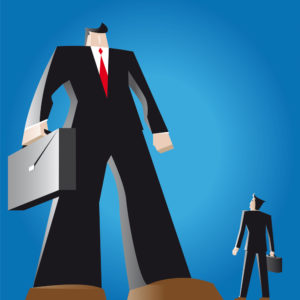
For more guidance, see:
- Our blog on how content marketing teams with limited resources can be structured.
- Our blog on content promotion.
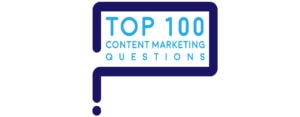
“How do you promote content efficiently (without big budgets)?” is one of marketers’ Top 100 Questions on content marketing. Here are the answers.





